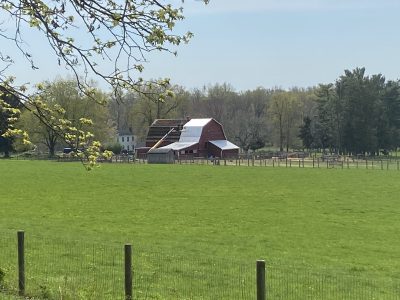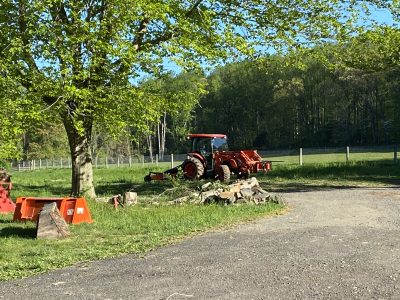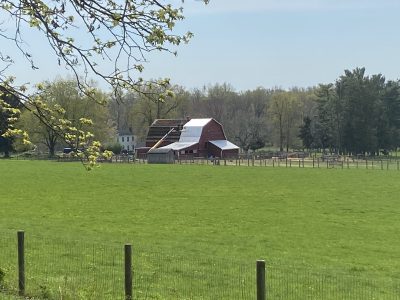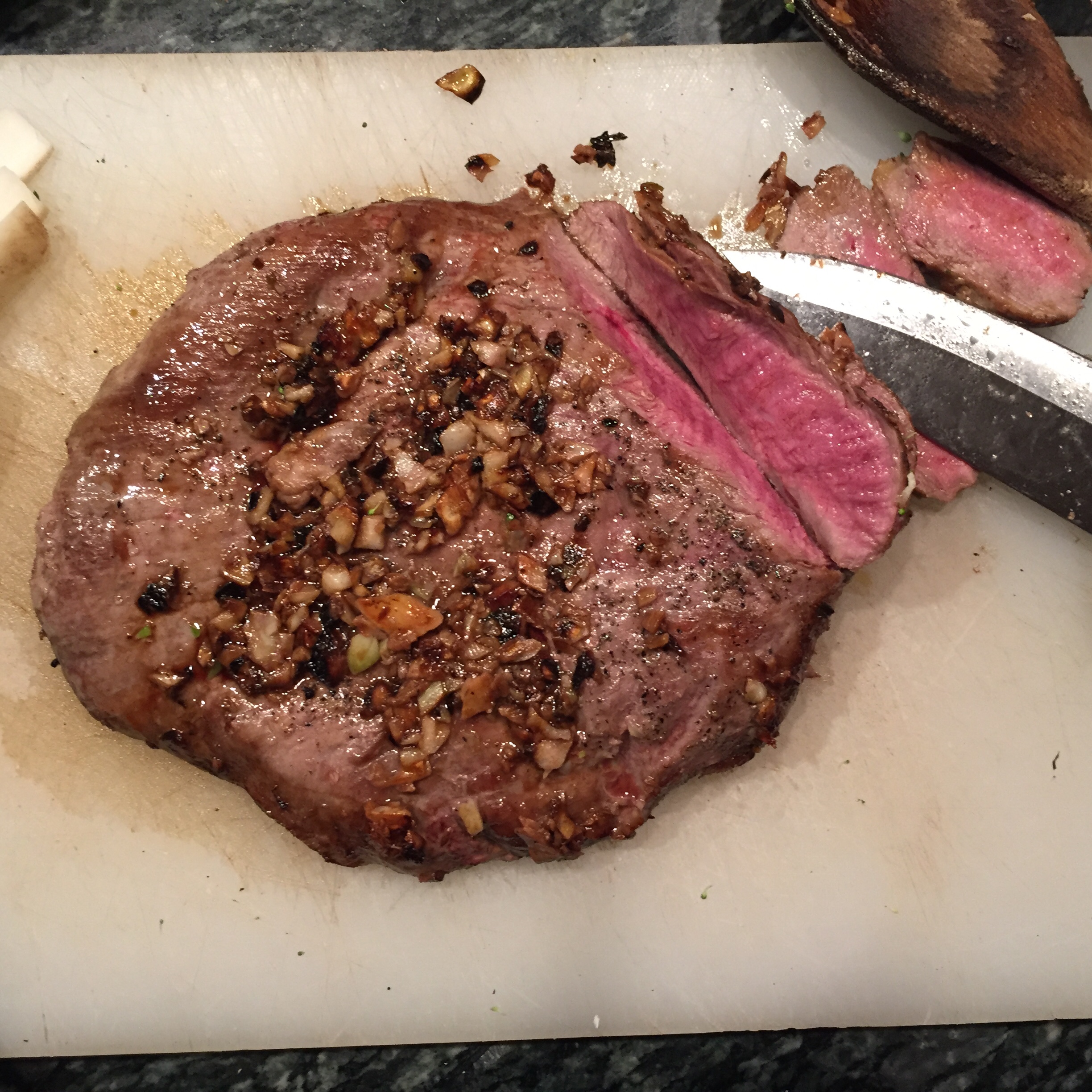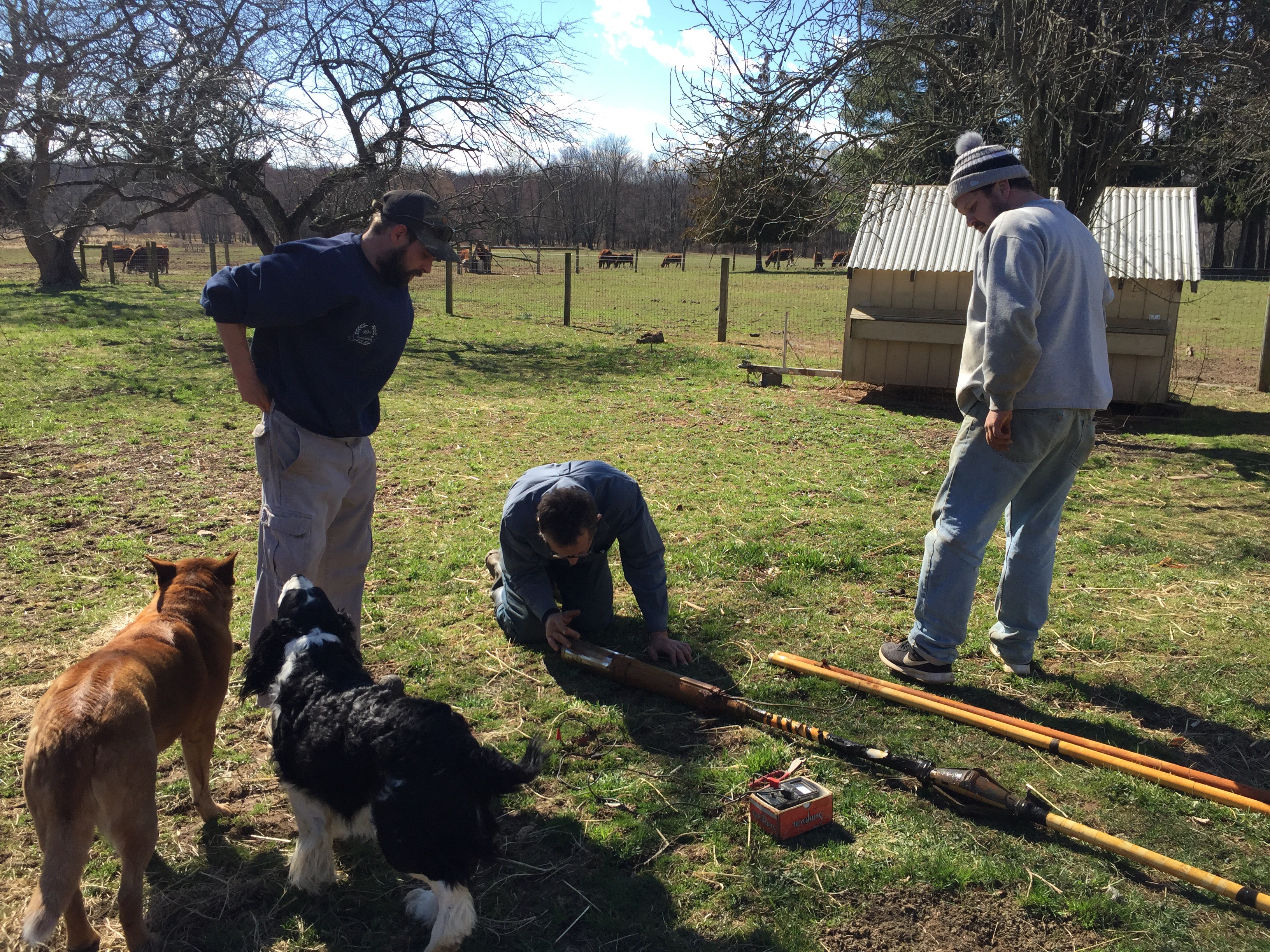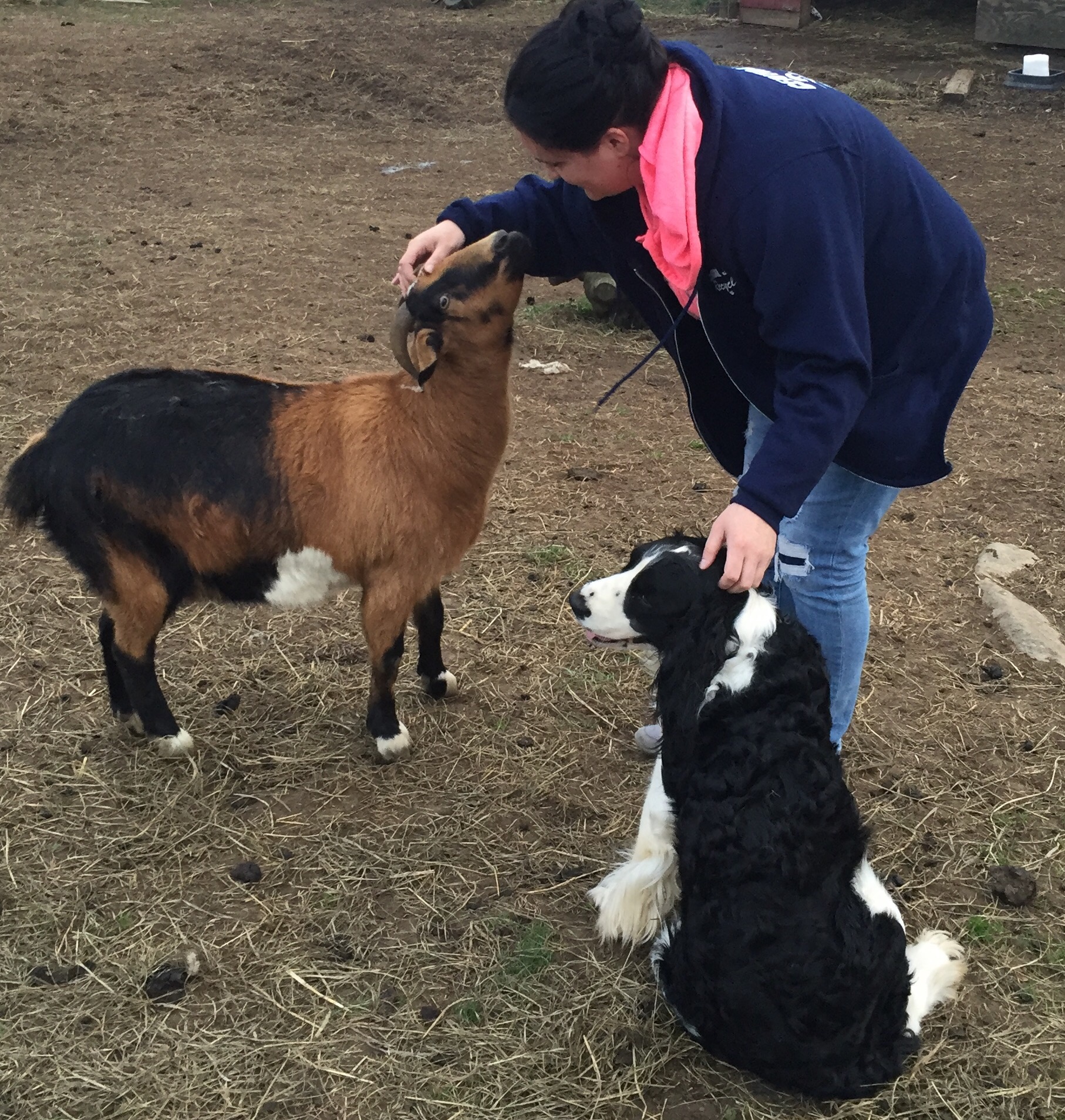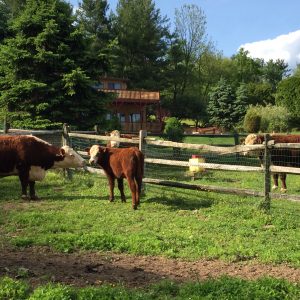It’s way too simplistic when people suggest “stop eating meat” as an action to reduce carbon emissions. Animal agriculture plays an important part of the solution. It’s HOW the animals are raised that makes all the difference.
Attached is an article by the D&R Greenway about a research project in which Beechtree Farm is participating.
Kudos to Charlie Huebner and Bobby Strickhart, our farm helper, for the hard work of moving our cattle over to St. Michael’s.
“Cattle Return to Play a Key Role in Ground-breaking Climate Project at St. Michaels Farm Preserve
Cattle are grazing again at St. Michaels Farm Preserve in Hopewell.
For the first time in five years, cattle are grazing in contentment at St. Michaels Farm Preserve in Hopewell, this time as part an innovative carbon sequestration project. Early this month, 15 head of Hereford and Devon cattle from Beechtree Farm in Hopewell were brought to St. Michaels Farm to graze in the lush fields created by our partner Soil Carbon Partners (SCP).
At the heart of the project is a test of the effectiveness of soil amendments–a combination of minerals and microbes–in raising the productivity of the grasslands and their capacity to store carbon. If successful, the experiment will show how agriculture can help reduce the problem of climate change.
The role of the cattle is to replicate the healthy ecosystem that nourished bison on Western prairies. The impact of the cattle on climate will also be tested to see whether methane emissions from cattle are reduced when they consume nutrient dense forage growth from the enriched pastures.
Lush Grasses Growing in Test Areas
SCP’s Ed Huling shows off the tall forage growing at St. Michaels Farm Preserve.
Despite spring rains, followed by a hot, dry spell that required irrigation, SCP planted forage grasses on fields treated with their natural soil amendments. Three independent researchers from Princeton University, the University of Vermont, and StewardGreen are comparing results in test areas versus untreated control areas.
In the first months following the application of soil enrichment materials, the dry weight of newly planted forage grasses is more than 300% greater compared to control plots. Growing more food on less land is essential for combatting climate change, because if food production per acre can be significantly increased, we would no longer need to cut down forests to feed humans.
“We are very grateful for D&R Greenway Land Trust’s ongoing and active support of this Climate Project through use of their fields and managing their land to accommodate our farming activities. We also appreciate the warm welcome, curiosity and understanding shown to us by community members.”
Ed Huling
Managing Member
Soil Carbon Partners
Cattle Have It Made in the Shade!
The new grazing cattle enjoy the shade of a moveable “cow umbrella.”
“Eleven years ago, when D&R Greenway opened
St. Michaels Farm Preserve, the cattle of Jon and Robin McConaughy’s Double Brook Farm were pastured upon the fields where the new Herefords and Devons graze today.
We have missed seeing cows since they left five years ago.
You could say we’ve been waiting ‘til the cows come home.”
Linda Mead
President & CEO”

